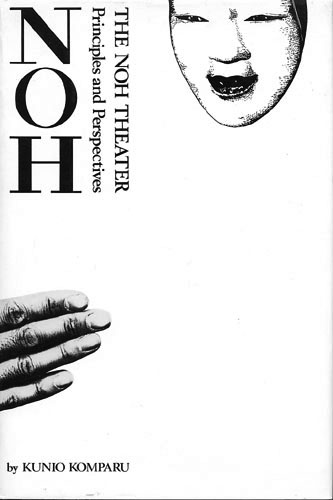
The Noh Theater
Principles and Perspectives
by Kunio Komparu; translated by Jane Corddry and Stephen B. Comee
The Noh theater of Japan is without question one of the most refined dramatic arts in the world. Originating in dance and music performed at sacred rituals and festivals, it was developed and brought to maturity in the 14th and 15th centuries by Kan’ami Kiyotsugu and his son, Zeami Motokiyo, two great dramatists who distilled the crude entertainments of the open fields into a predominately tragic drama of illusion played upon an empty stage.
This volume, first published in 1983 and long out of print, is the first work in either English or Japanese to offer a comprehensive explanation and analysis of the principles of the Noh theater. The author was an active practitioner of the art, representing the 22nd generation in a direct line of Noh performers. His book painstakingly outlines both physical and intellectual aspects of Noh—its technical principles and its philosophical perspectives—on a scope hitherto unknown. An invaluable tool for the student of any aspect of drama, it offers as well deeper insights into Japanese history and culture.
Kunio Komparu (1926–83), a direct successor of Zeami, graduated from Tokyo University of Art. A professional performer of the Komparu school of taiko payers, he was also director of the Noh Research Center.
400 pp, 6 x 9, Soft
60 monochrome photos, numerous charts and diagrams, glossary-index
Theater / Collectibles
ISBN: 978-1-891640-17-9
$50.00





